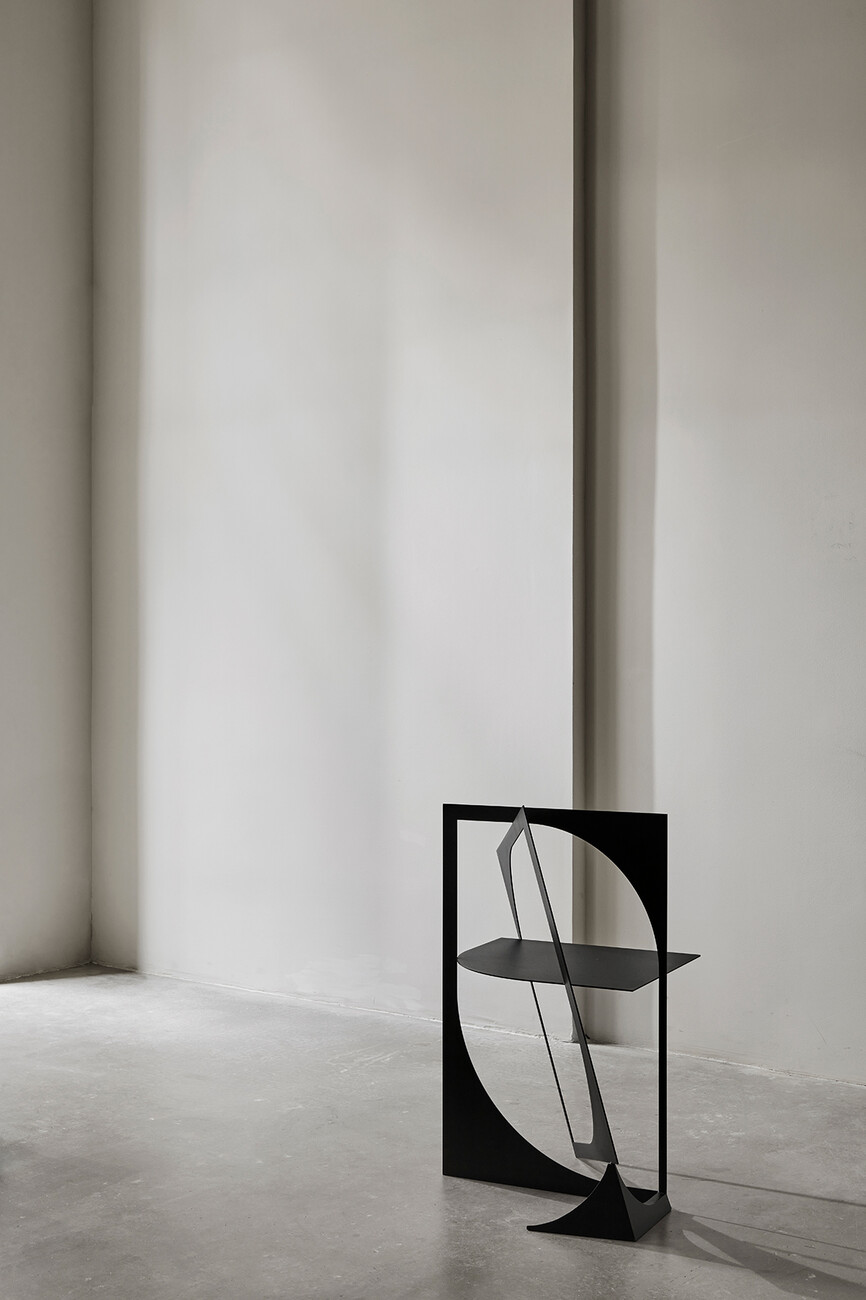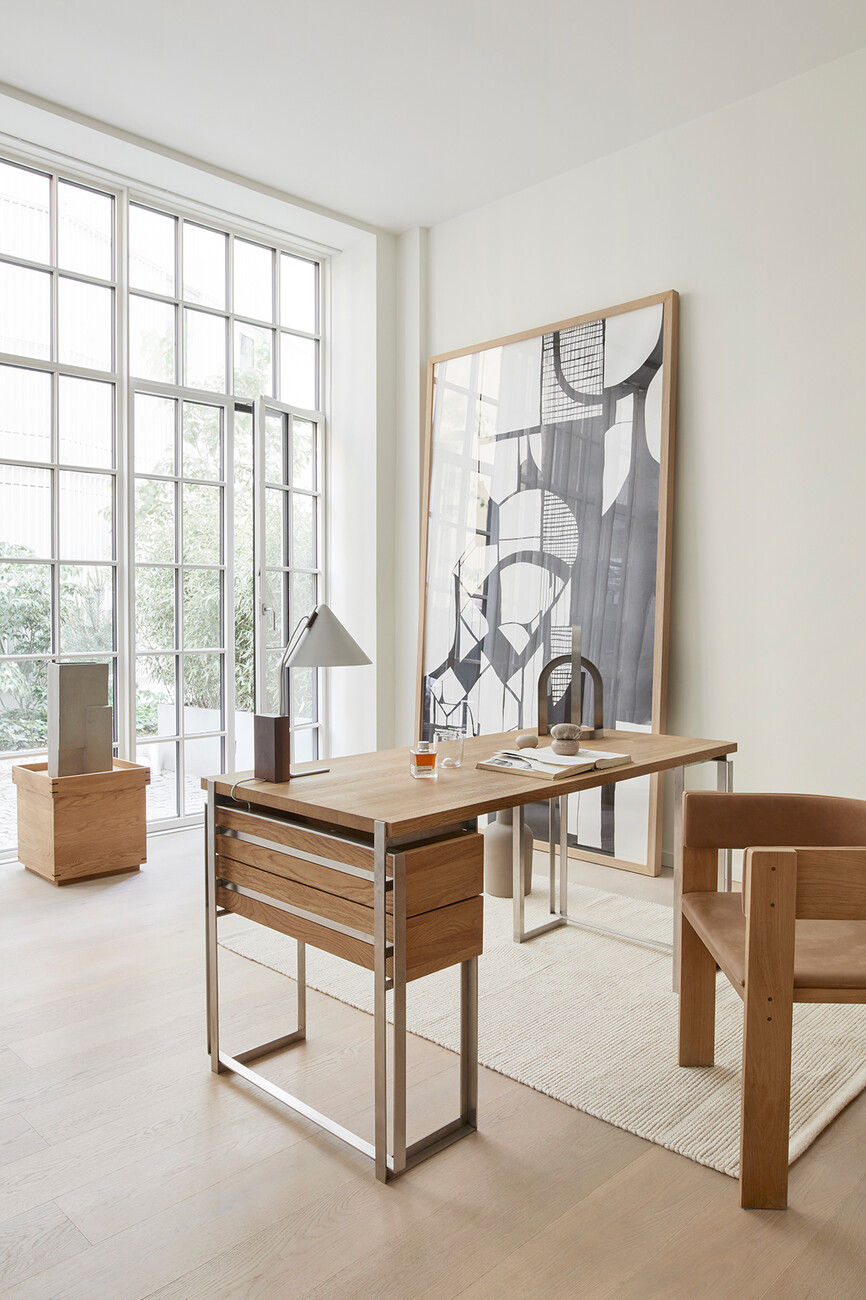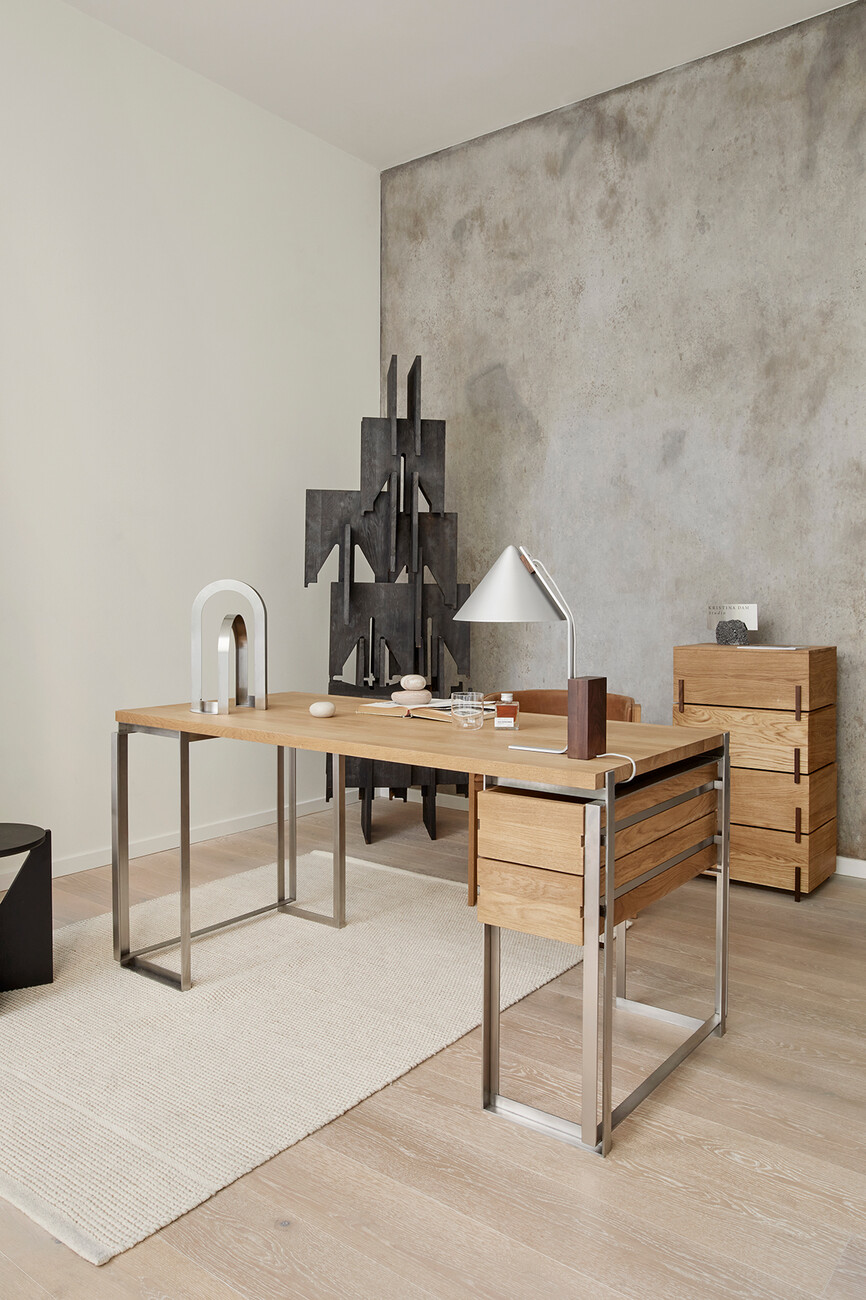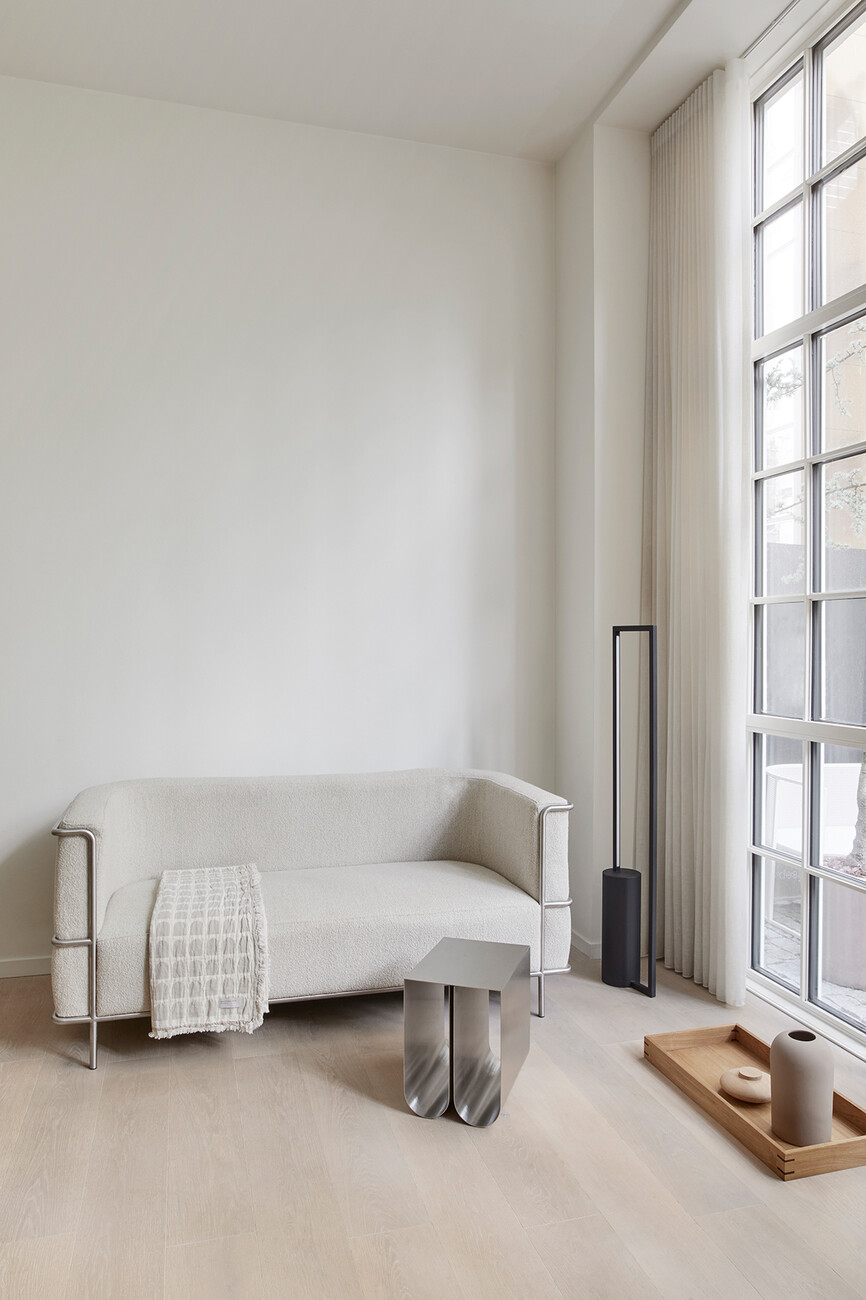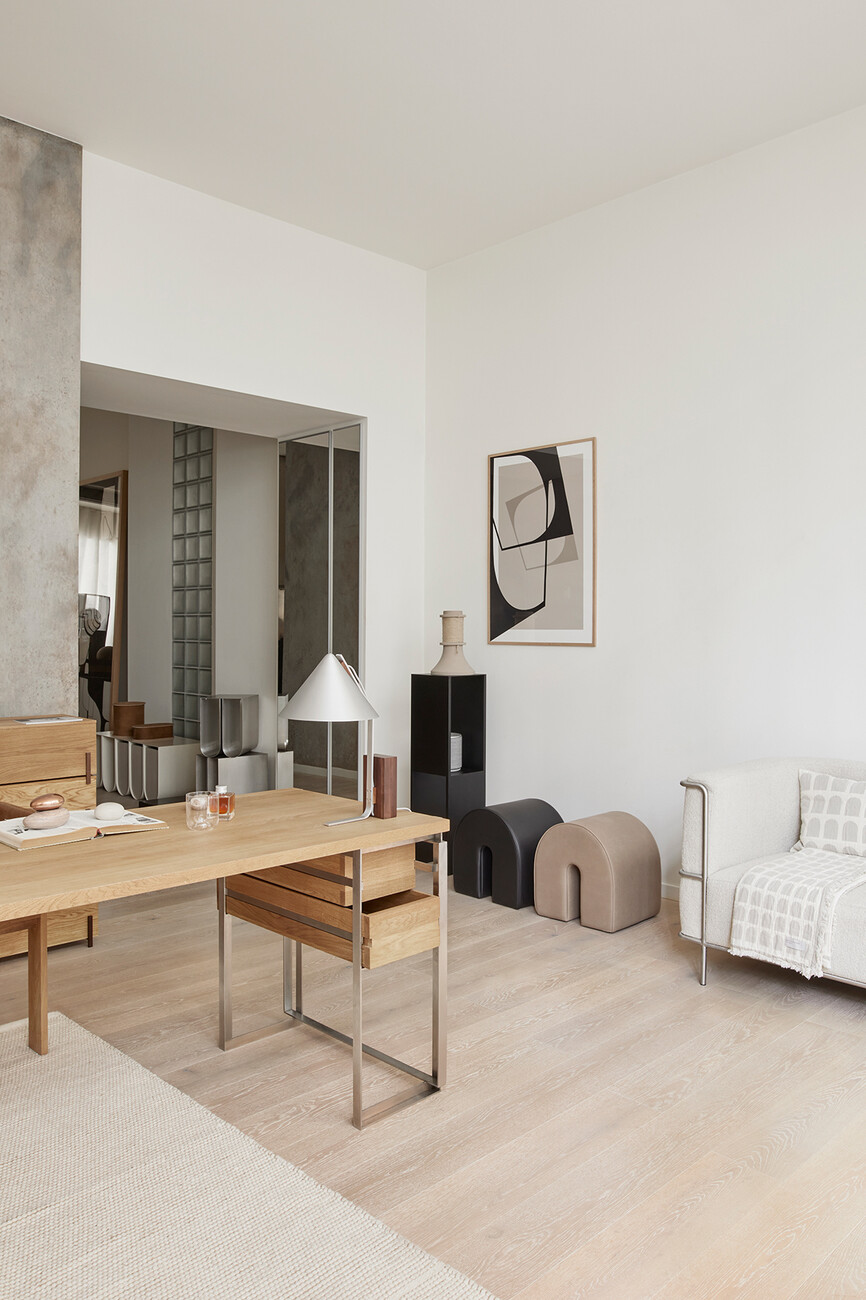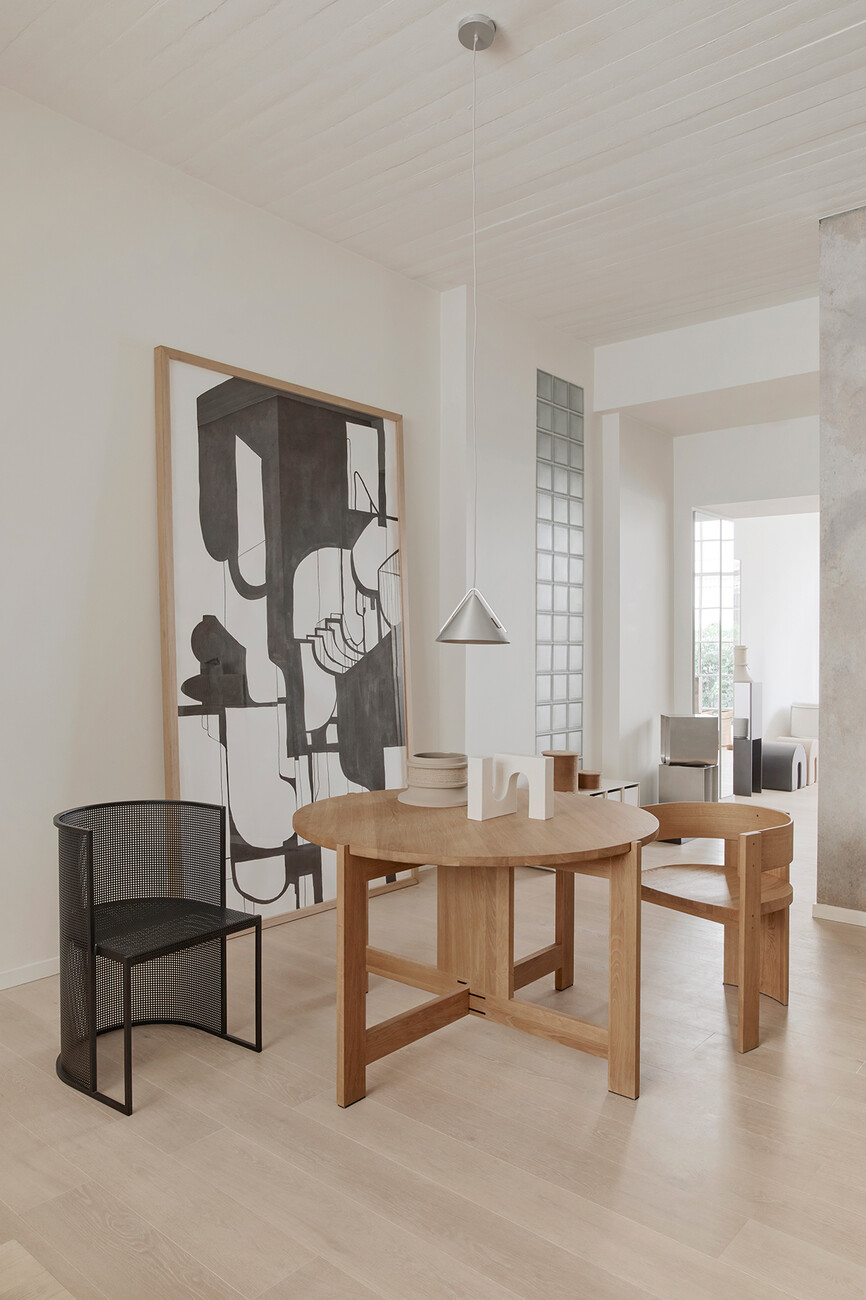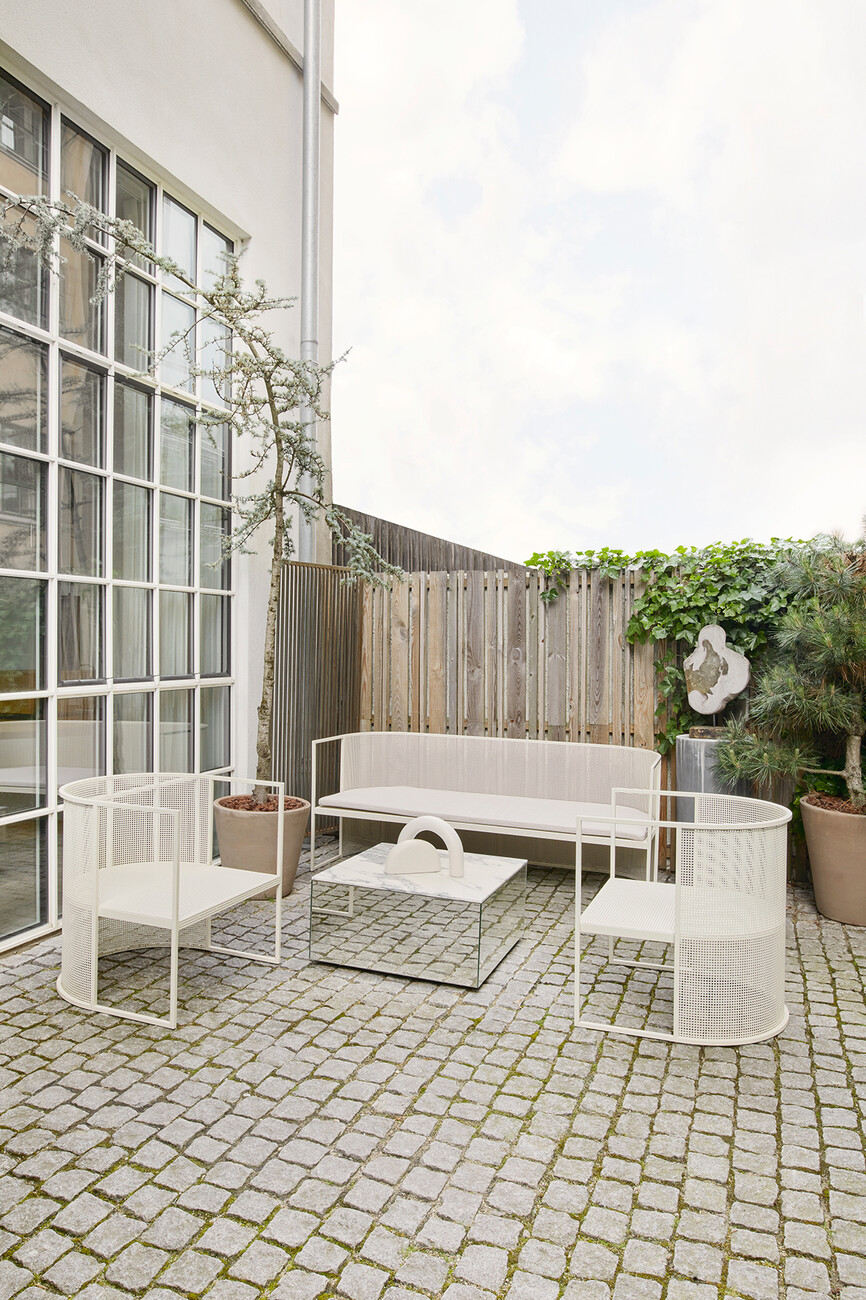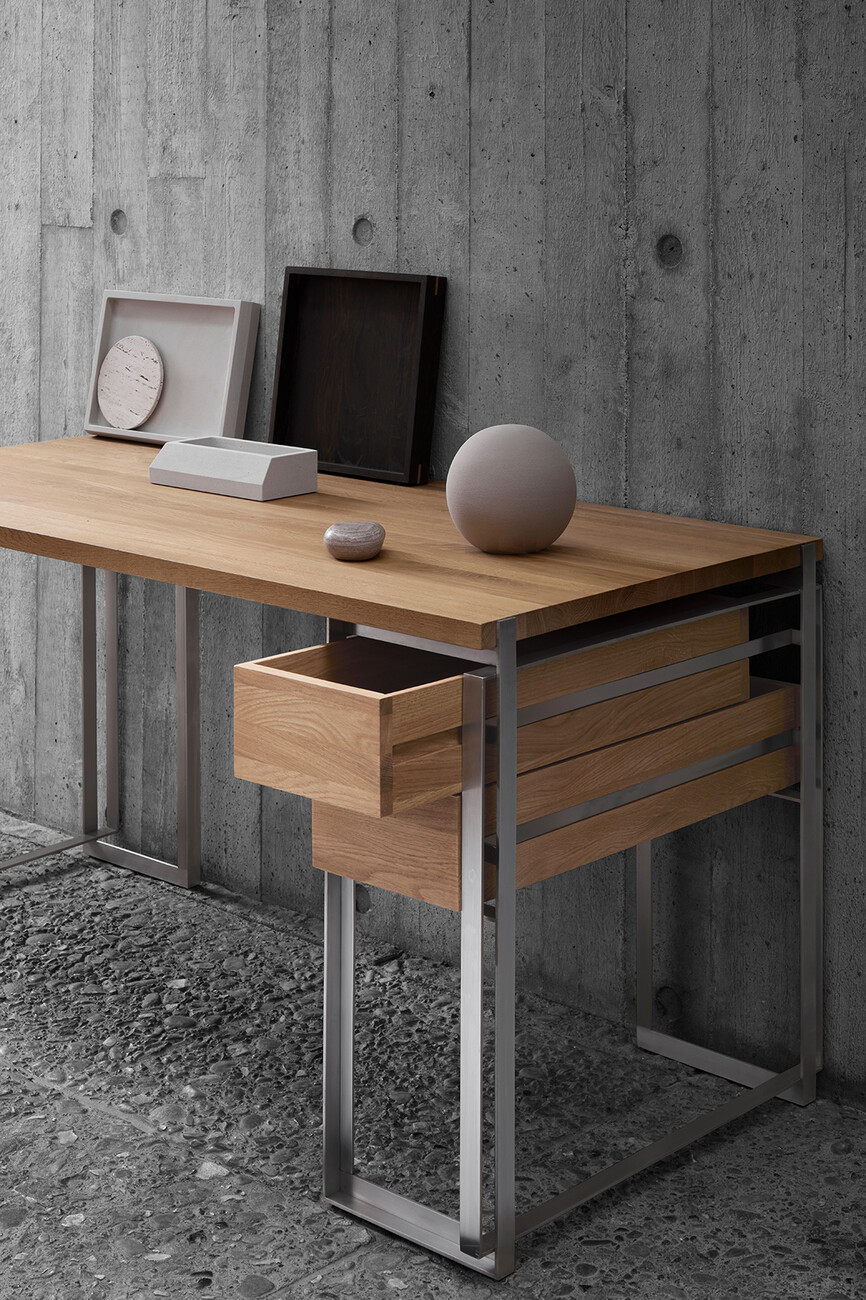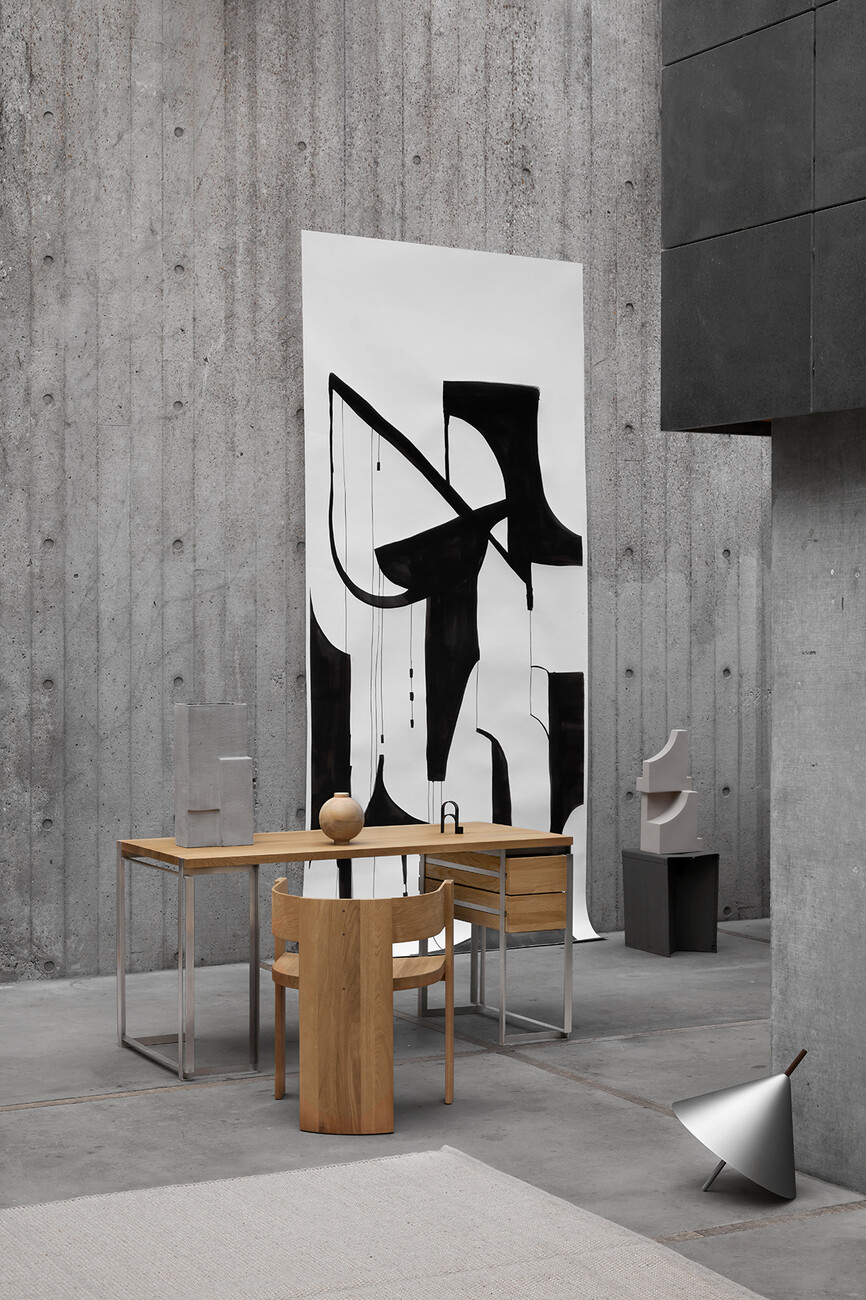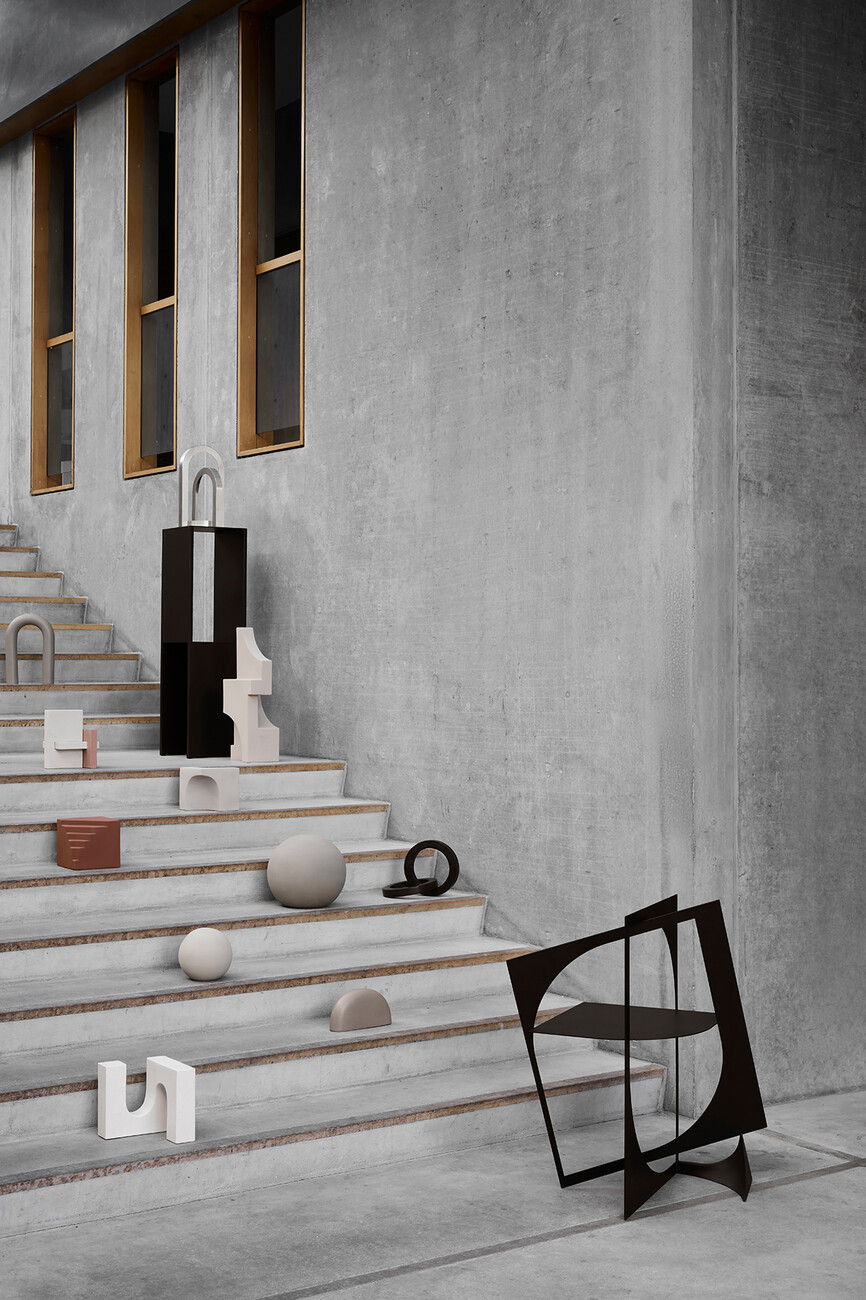Balance in Less
Anna Moldenhauer: Kristina, for you, what is it that constitutes “Nordic minimalism”?
Kristina Dam: A good question. For me, it has something to do with functionality. After all, anybody who opts for minimal design does not include any decorative elements. What we are talking about here is an essence. Nevertheless, we do make use of the details of the relevant function to underscore the design itself. Here, I derive a good measure of my inspiration from the teachings of the Bauhaus. This approach can also be seen in Japanese design, which is very aesthetic but restricts itself to whatever the structure in question actually requires. This is what distinguishes it from pure ornamentalism and is also what constitutes Nordic minimalism. It is a question of striking a balance between minimalism and functionality.
In other words, finding the core of what the design needs to function and bringing this to the surface without any additional frills.
Kristina Dam: Exactly. I have always been very fascinated by contrasting materials – such as solid oak and stainless steel – and the way the two can be put together using a minimalist stylistic vocabulary. I do not choose colors of any kind but restrict myself to the pure functionality, letting the materials speak for themselves. In this regard, I strive for an essentially sculptural approach and a shape’s curves are something around which my thoughts are always circling.
Your objects boast the aesthetics of Zen. How do you achieve this?
Kristina Dam: My eyes have need of a certain balance and the objects convey that visual equilibrium. Just when this has been achieved is something that it you can’t compute in advance, it’s a feeling, like a balance. Our new “Collector Dining Chair” is a good example of this because it basically stands on its own merits, like a work of art. This also reflects my approach to design, because I see what I create not as chairs or tables but as pieces of art. And that fits in with my training as a graphic designer. This always causes me to strive for my stylistic vocabulary to be pleasing to the eye. When we get the feeling that one of our new designs feels as if it has always been around then it’s perfect. My objective is for my designs to enhance their surroundings, even if there are only a few of them.
You have already mentioned that you trained as a graphic designer. Added to which, you benefit from training in architecture. Would you say that these two types of training have given you an interdisciplinary view?
Kristina Dam: Yes, definitely. My first years at the School of Architecture were, more than anything else, basic training about space, with spatial scale always representing a very important factor in order for us students to understand what scale we set ourselves and how to interact with space as a designer. I initially wanted to be a graphic designer but when we were tasked with producing an item of furniture as part of our training my interest had been awakened. Nowadays, my work is very varied, I produce art work, style things, I even deal with whole interiors and I design products. I joined Broste Copenhagen as Brand & Design Director a few years ago. They acquired 60 % of Kristina Dam Studio and offered me to oversee the designs of both brands. For me, the most interesting part has been creating a turnaround in the design process of Broste Copenhagen – today, we design all products in-house. For me, creativity means bringing all strands together, the sky’s the limit in that respect. It is often easier for people who are able to combine different disciplines to come up with good designs.
I have read that even as a child you were fascinated by design. Can you identify a particular moment in the past which triggered that interest? Or was it more the case that the interest developed as part of a process?
Kristina Dam: I believe that it was more part of a process. As a child I realized a large number of little creative projects together with my mother. One good example – when about ten years old, I cleared out my entire room and rearranged it.
In other words, your interest in interior design was in your very DNA.
Kristina Dam: Yes, and it is a crazy fact that my parents simply accepted that, because in subsequent years I continued to take great pleasure in regularly reorganizing all the furniture my room.
When you first did it your parents probably thought that you were only going through a phase and they were then surprised when that basically turned into your profession.
Kristina Dam: (laughs) Exactly.
I see that this year you are celebrating your 10th anniversary. Congratulations, by the way. Are you planning a special project to celebrate that?
Kristina Dam: The anniversary also gives me time to reflect a little on the time when I was just starting out and on how my creative vocabulary has developed since then. With this in mind, the sculpture “The Frame” is now to be seen in its largest scale to date; it also functions as an occasional table. I have produced other works of art on a scale of 1:1. These were exhibited during the 3daysofdesign in Copenhagen. The sculpture made of black powder-coated steel is somehow symbolic of looking backwards since it refers to how I started – with black-and-white illustrations and limited-edition sculptures at a price point, making art affordable for all. My primary purpose was to make art accessible and for more people to add art and objects to their interiors, allowing them to create a personal setting. This is also the reason why my name is the name of the company, as well. After all, artists usually sign their names. I would never have thought that one day that would lead to today’s success, because initially designing furniture was a side project.
On reflection, is there any specific direction that you would particularly like to pursue?
Kristina Dam: Succeeding in moving on from producing a few illustrations to becoming a respected furniture brand is something that I am very proud of. I would like to continue in the same vein but in parallel to also design a collection of smaller objects to connect up my entire work. I am happy to take as much time for this as I need until in my eyes the designs are perfect. We want our studio to grow slowly because its focus is on the design for every item that we produce. In our case less – but less of a higher quality – is definitely more.

